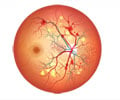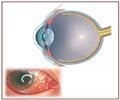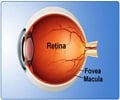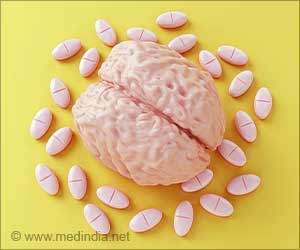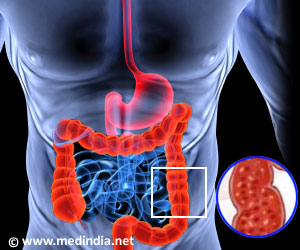A report in the October issue of Archives of Ophthalmology says that the number of Medicare recipients undergoing treatment for retinal conditions nearly doubled between 1997 and 2007
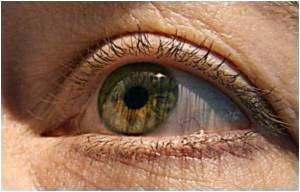
Pradeep Y. Ramulu, M.D., M.H.S., Ph.D., of Wilmer Eye Institute, Johns Hopkins University, Baltimore, and colleagues analyzed Medicare fee-for-service data claims filed between 1997 and 2007. Overall, the number of retinal procedures performed increased 192 percent. Increases occurred each year except between 1997 and 1998; the largest year-to-year increase in volume, 20 percent, occurred between 2006 and 2007.
"Procedure volumes changed most markedly for treatments directed toward neovascular AMD," the authors write. New treatments for this condition include intravitreal therapy—injections of drugs administered directly into the eye—of antibodies that block the formation of new blood vessels. Between 1997 and 2001, fewer than 5,000 such injections were performed each year. However, rates more than doubled each year through 2006, increasing between 2001 (when 4,215 of these procedures were performed) and 2007 (when injections totaled 812,413).
Photodynamic therapy, a laser treatment for neovascular AMD approved in 2000, peaked in 2004 with 133,565 procedures and then decreased 83 percent to 22,675 procedures in 2007. Laser treatment of choroidal lesions (potentially cancerous eye tumors) and neovascular AMD also decreased 83 percent, from a peak of 82,089 in 1999 to 13,821 in 2007.
Vitrectomy—surgical removal of the gel inside the eye, used to treat retinal detachments—increased 72 percent, from 11,212 in 1997 to 19,923 in 2007. Scleral buckling, a treatment for the same condition involving placing a silicon buckle around the eye, can be performed with or without vitrectomy. Scleral buckling alone became less common during the study period (a 69 percent decrease, from 8,691 to 2,660).
"Observing use patterns adds value, because it demonstrates how disease is treated and can be used to identify possible discrepancies between the best evidence-based treatments for a condition (as defined by clinical trials and meta-analyses from the literature) and current practice patterns," the authors conclude. "In this report, we observe that intravitreal injections of pharmacologic agents have gained widespread acceptance for the treatment of neovascular AMD and that vitrectomy is being increasingly applied to a wide range of retinal conditions."
Advertisement
Source-Eurekalert

